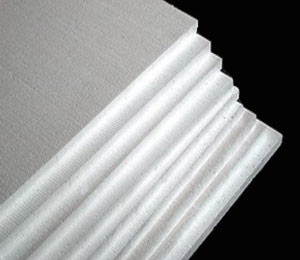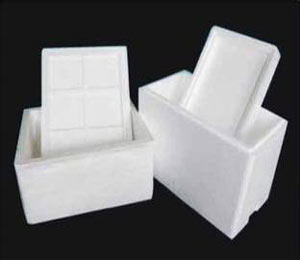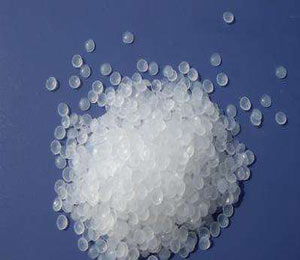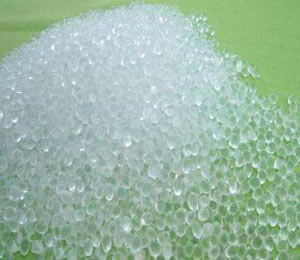- 0086-512-58361938
- michael@victory-chem.com
In recent years, due to the impact of decabromodiphenyl ether and hexabromocyclododecane on persistent organic pollutants, the development of halogen-based flame retardants has been greatly affected, resulting in the development of halogen-free flame retardants. Agent concept. Corresponding to the halogen flame retardant, this concept has promoted the development of the research and manufacture of numerous halogen-free flame retardants including phosphorus flame retardants. After 2005, the price of bromine continued to rise, which is in stark contrast with the price stability of domestic phosphorus resources. As a result, the price gap between the two has increased rapidly. Even the price of brominated flame retardants was once higher than most phosphorus. More than double the price of flame retardants. Therefore, the increase in the price of brominated flame retardants has promoted the rapid growth of the phosphorus-based or phosphorus-nitrogen-based flame retardants in the market from 2005 to 2012.


In 2012, the consumption of flame retardant in China was approximately 474,000 tons, of which the largest proportion was phosphorus flame retardant. The total amount was approximately 179,000 tons, an increase of 16.4% from the 90,000 tons consumed in 2008. There are many reasons for the rapid growth of the phosphorus-containing flame retardant market. We believe that the most important reason is caused by the increase in price of brominated flame retardants for its main competitors, followed by the downstream market, and the third is the impact of policies and regulations.


First, the increase in the price of brominated flame retardants led to the rapid growth of phosphorus-containing flame retardants. As the price of brominated flame retardants continues to rise, it will inevitably stimulate the consumption of phosphorus-containing flame retardants and boost the growth of the market for phosphorus-containing flame retardants.
Second, the rapid development of the downstream industry has led to the growth in the consumption of phosphorus-containing flame retardants. Phosphorus-containing halogenated phosphates and halogen-free phosphates in China account for 74% of phosphorus flame retardant consumption. They are mainly used for building insulation materials, fire retardant coatings, adhesives and copper clad laminates, composite materials, etc. In the rapidly developing field, halogen-free phosphate esters are used in large amounts in PC/abs alloys; ammonium polyphosphates are mainly used in fire-retardant coatings and general plastics; hypophosphites are mainly used in engineering plastics such as polyamides, polyesters, and other engineering plastics; red Phosphorus flame retardants are mainly used for engineering plastics and general plastic flame retardants; phosphorus heterophenanthrene flame retardants are mainly used for copper clad laminates.
According to the investigation report of the flame retardant industry survey, China has begun research on the synthesis and application of ammonium polyphosphate since the 1980s. In recent years, the development has been particularly rapid. In 2003, the domestic use of ammonium polyphosphate reached 0.8 million tons, and in 2012 it reached 2.6. Ten thousand tons, showing a sustained growth trend. With the strengthening of the national requirements for flame-retardant technology, in the future development, phosphorus-based flame retardants will continue to play a role of steady development with their price advantage.